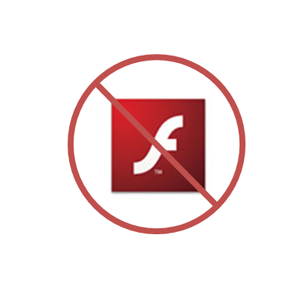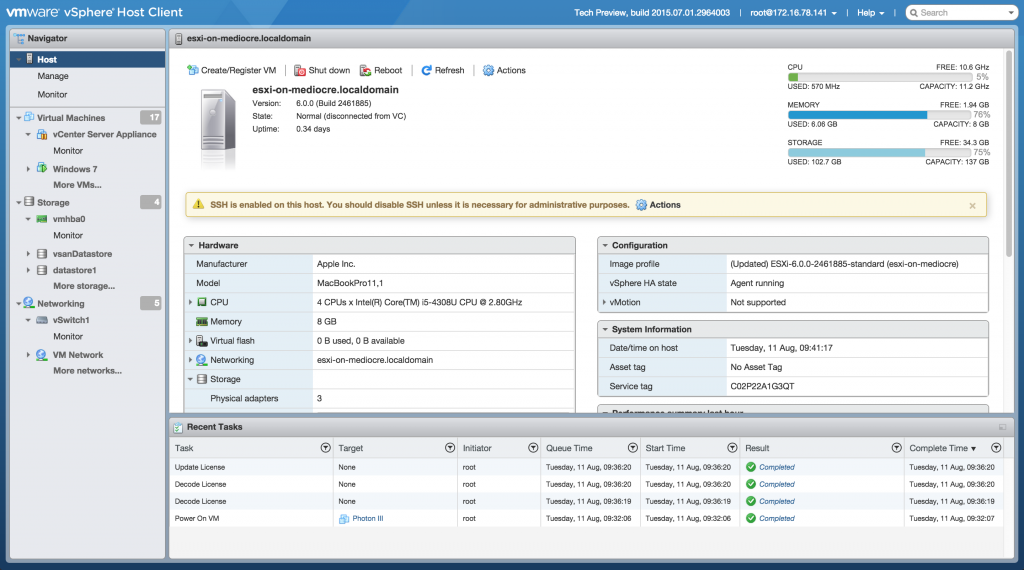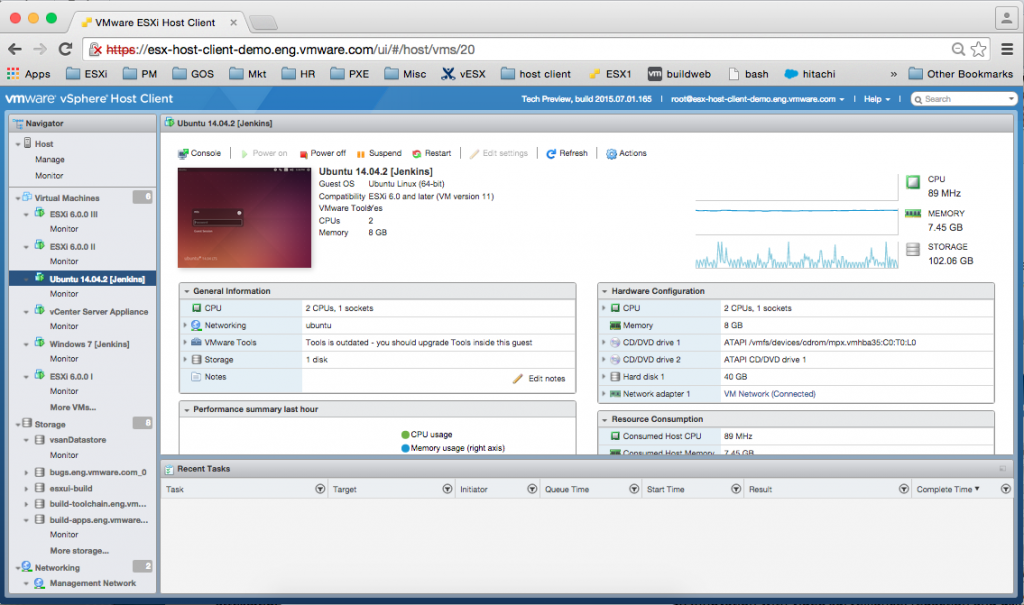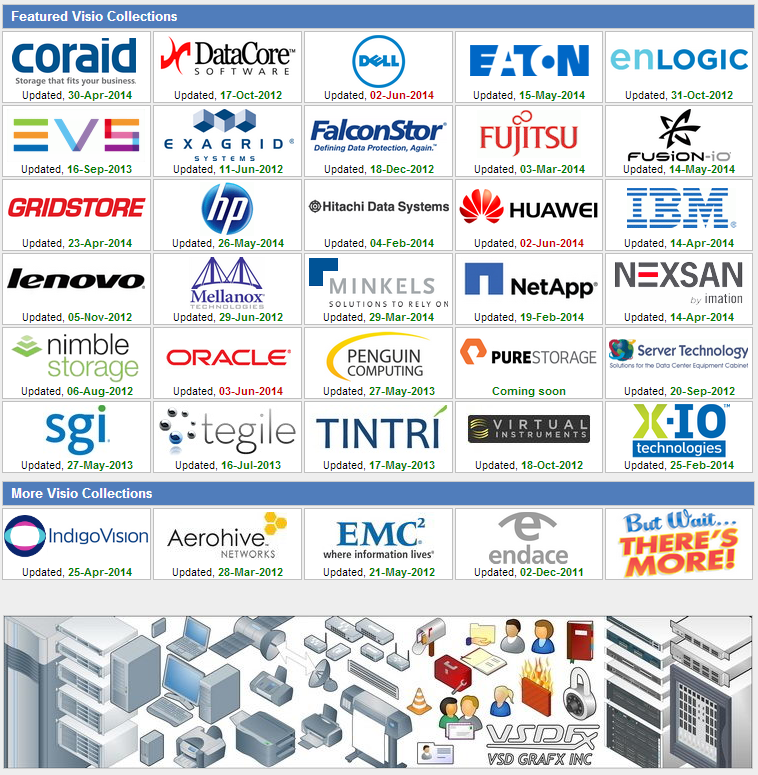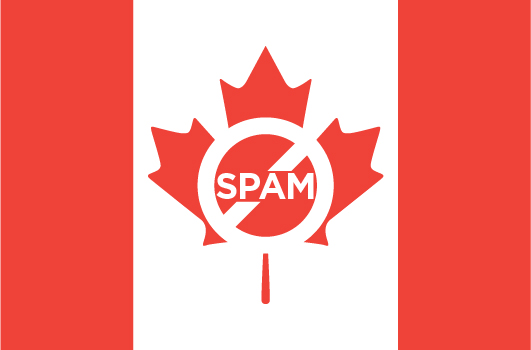
This is an FYI. There has been some internet/email noise going around regarding the next leap second adjustment which is scheduled for June 30th, 2015 at 23:59:60 UTC. It may cause issues on NTP synchronized devices and operating systems. Several vendors have released KB articles regarding leap second impact on their software.
A leap second is a one-second adjustment that is occasionally applied to Coordinated Universal Time (UTC) in order to keep its time of day close to the mean solar time, or UT1. Without such a correction, time reckoned by Earth’s rotation drifts away from atomic time because of irregularities in the Earth’s rate of rotation. The last leap second happened on June 30, 2012. A number of organizations reported problems caused by flawed software following the June 30, 2012, leap second.
More information about Leap Second: http://www.cisco.com/web/about/doing_business/leap-second.html
VMware
Certain versions of VMware vCenter Server Appliance 5.0 and 5.1 are wknon to be impacted by leap second.
http://kb.vmware.com/kb/2115818
Cisco Nexus 1000v
VSM module of Cisco Nexus 1000v is known to be impacted by leap second.
https://tools.cisco.com/quickview/bug/CSCus80369
Cisco Nexus 5000/5500
Cisco Nexus 5010, 5020 and 5500 switches running NX-OS 5.0, 5.1 or 5.2 are known to be impacted by leap second. Nexus 5010 and 5020 switches are commonly used as NetApp cluster interconnect switches and these devices are most likely to be running affected NX-OS version!
https://tools.cisco.com/quickview/bug/CSCub38654
EMC Avamar
Gen4 and Gen4S models of EMC Avamar are impacted by leap second. EMC has not released publicly available bulleting on the issue but fix will be provided to Avamar customers by EMC support by 30th of June.
Fix is described in Novell KB https://www.novell.com/support/kb/doc.php?id=7016150
EMC VPLEX
EMC VPLEX is impacted by leap second, fix is available and will be implemented by EMC support prior 30th of June.
https://community.emc.com/message/887102
NetApp DataONTAP
NetApp DataONTAP is not impacted by leap second.
https://kb.netapp.com/support/index?page=content&id=3011978&locale=en_US
Tintri VMstore
Tintri VMstore storage appliances are not impacted by leap second. There is no public bulletin regarding this issue but this has been confirmed with Tintri Support.
F5 Networks
F5 Networks devices are known to be not impacted by leap second.
https://support.f5.com/kb/en-us/solutions/public/16000/300/sol16328.html
Aruba
Aruba products such as WLAN controllers are known to be impacted by leap second.
http://community.arubanetworks.com/aruba/attachments/aruba/unified-wired-wireless-access/49619/1/ARUBA-PFB-20150430_Leap_Second_Field_Bulletin_Rev-3.0511.pdf
Check Point
Certain versions of Check Point operating systems are impacted by leap second.
https://supportcenter.checkpoint.com/supportcenter/portal?eventSubmit_doGoviewsolutiondetails=&solutionid=sk104560
Red Hat
https://access.redhat.com/articles/15145
SUSE
https://www.suse.com/support/kb/doc.php?id=7016150
Windows
https://support.microsoft.com/en-us/kb/909614
This is only a partial list. Please check with vendors to confirm if your system is affected.
If your system(s) could be affected by this it’s time to start planning ahead for June 30th.
